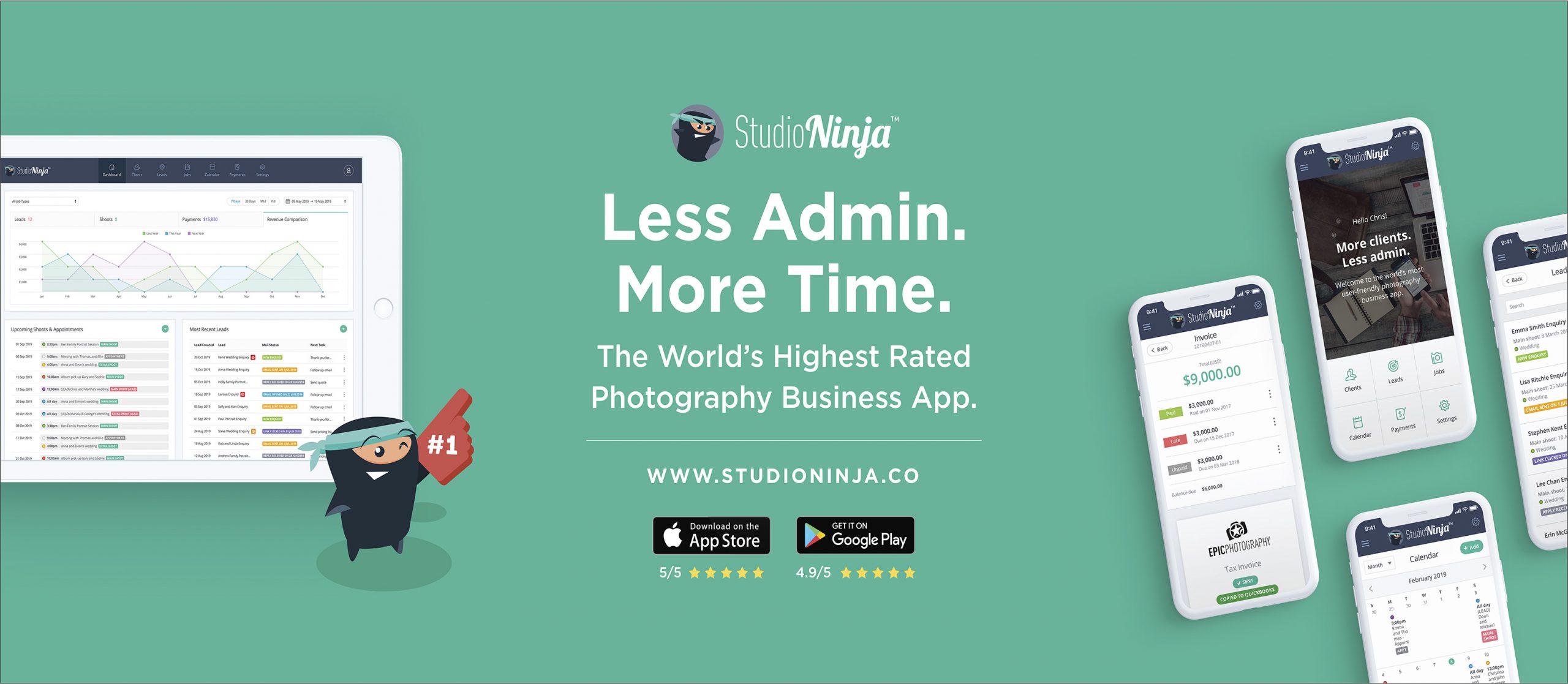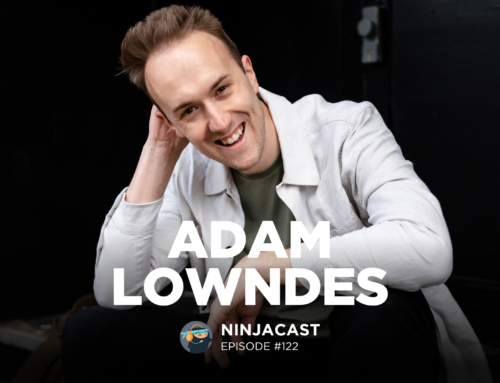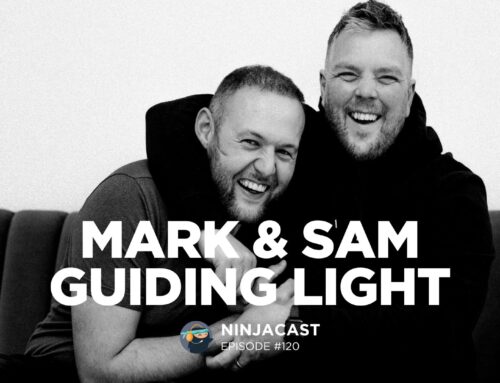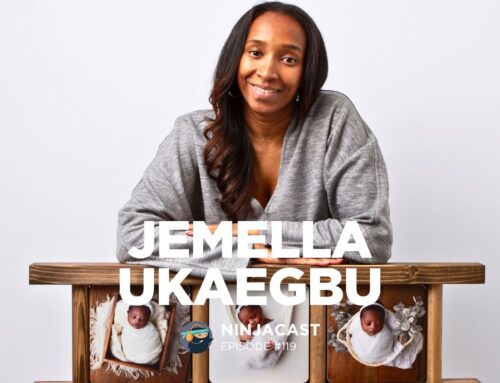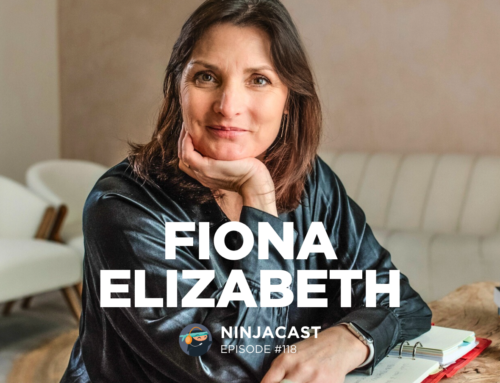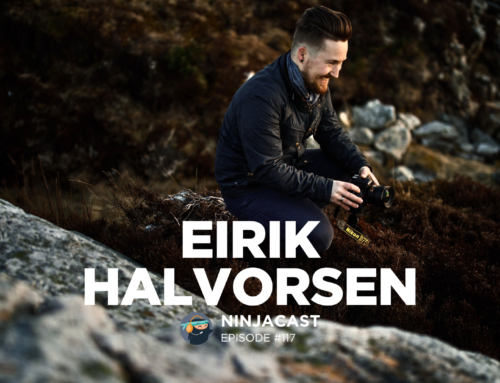074: Jodie Mitchell – Making Your Blog Posts Work For You & Top Tips for Improving Your SEO
September 20, 2022
“Have full faith & confidence in yourself. “
JODIE MITCHELL
Hey everyone! It’s Sally here, from Studio Ninja. Today’s episode is all about Jodie Mitchell or Nowhere to No.1!
Jodie is an SEO-er turned self-employed wedding photographer and has spent the last six years learning SEO. She has also learned how to explain it to business owners and stakeholders as a part of her career both at an agency and in-house at one of the UK’s biggest brands.
Now, as a self-employed business owner, she’s putting all of my skills from my old life into action on her own website and helping other business owners demystify the world of SEO and realise that it’s not as scary as it seems.
Check out some of the biggest points from Jodie’s interview below:
Why is blogging so important?
There are so many reasons why blogging is so important for SEO. Like, Google loves fresh content. It loves helpful content, informative content, and a blog post is such a good way to tick both of those boxes at once. You are showing up your work, you’re showing off your expertise, but it’s a really good way to keep creating new content without keep having to go back and rehash your main key pages. It’s a whole little section of your website where you can just keep updating it.
It’s also a really, really good way to gain brand exposure. If they find your work through a helpful blog post or something really informative, it’s going to lead them and introduce them to your paid services. It gets your name out there.
Anything that is relevant to what your couples could ever want to know relating to photography. So stuff like, like you said, the great confetti shots, the good getting ready photos, things like why you should have a second shooter. These are basically ones that I’ve got. And then, like you said, shoots at venues. If there’s spots that you really want to shoot at, then create that content so it’s out there, different weddings and different seasons. Anything that could apply to something that your couples could be searching for.

What are Title Tags and Meta Descriptions?
Title tags and Meta descriptions are what you see when you look at Google search results page. So there’s that blue title at the top and then underneath there’s the gray couple of little sentences. That top one, the shorter one, that’s your title tag. So that is the most important of the two really. It’s a direct ranking factor. So your title tag can have a real influence on how well you rank. So it’s up to 60 characters long-ish. I say ish, because it’s done by pixel width, not characters. So you could get more in there, you could get less. It just depends on how wide the letters you use are, which sounds really stupid, but Google’s difficult like that. So, with your title tag, you need to make sure you are getting your keywords in there. Ideally at the front, because people have shockingly short tension spans.
And, if you have the room, you might not, and it’s not vital if you don’t, it could be worth putting your brand name or your domain at the end, just so, as people are flicking past it, they’re going to subconsciously start recognising and remembering your brand name.
Meta descriptions, like I said earlier, are the longer one of the two. So that’s up to about 160 characters. So it is a bit longer. You get a little bit more creative freedom in there. So that one isn’t a direct ranking factor, but you have to get a little bit more markety and creative with it because it’s not… there’s no scientific reasoning for what does well. You need to draw people in using it and get a little bit enticey and markety. But still try and get your keywords in there as it does bold them. So all the keywords that your users have searched will be bold in your Meta description so they know that that’s what they’re searching for.

What should we be doing to our images being uploading them to our website or blogs?
So, with image optimisation there’s two main sides to it. First one, like you said, is image size. So that’s a very big important one, especially for photographers. Because, obviously, our files are absolutely huge. So image size does have a massive effect on page speed as images are probably the most common factor that I see of why people’s sites taking so long to load. So making sure they are sized appropriately is really important.
So there are two ways you can do that. So there is physical resizing and there’s also compression. So the physical resizing will just make the image bigger or smaller. So if you only want to have a tiny thumbnail on your website, it’s worth resizing it. So it is actually that size. Otherwise, your photo’s got to load a photo that’s this big and then make it into a tiny little photo itself. And that, it takes out the middle man if you just do it. And that way your website doesn’t have to worry about loading that.
There’s also compression, which just reduces the size of the file without resizing the actual image. Only issue is there, is you can lose a little bit of quality. So it’s just a matter of weighing up what’s more appropriate for the image that you’re looking at. There are loads of free tools out there that you can use for that though. So there’s sites like Tiny JPEG, which I think most people use, compressor.io and Smush, which is a really good plugin on WordPress.
The other side to image optimisation is Alt Text, and this is something that I think a lot of people hear me banging on about quite a lot. So Alt Text is, it’s short for alternative text, so it is displayed as an alternative to an image. So mainly used for people with visual impairments that use screen readers. So an Alt Text is literally a description of what the image is of.
So, it’s used by, like I said, people with visual impairments but also search engines just to get a better idea of what the image is actually of and what’s in the photo.
Challenge is, screen readers cut off at 125 characters. So you’ve got to get a description of what your image is within 125 characters, which isn’t the easiest of things to do.

Thank you!
Thanks again to you all for joining us and a huge thanks to Jodie for joining us on the show!
If you have any suggestions, comments or questions about this episode, please be sure to leave them below in the comment section of this post, and if you liked the episode, please share it using the social media buttons you see at the bottom of the post!
That’s it for me this week, I hope you all enjoyed this episode.
See you soon,
Sally
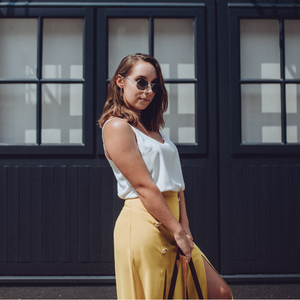
About Jodie Mitchell
Jodie is an SEO-er turned self-employed wedding photographer and has spent the last six years learning SEO. She has also learned how to explain it to business owners and stakeholders as a part of her career both at an agency and in-house at one of the UK’s biggest brands. Now, as a self-employed business owner, she’s putting all of my skills from my old life into action on her own website and helping other business owners demystify the world of SEO and realise that it’s not as scary as it seems.
